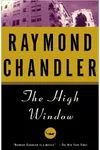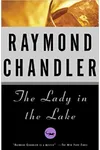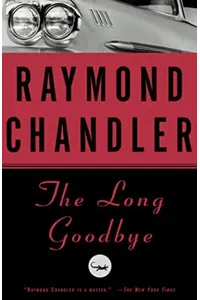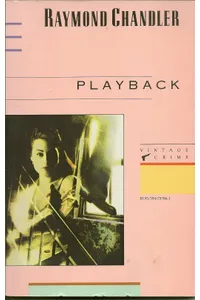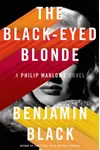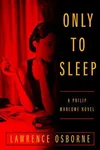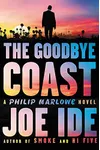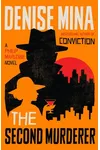Step into the shadowy streets of 1930s Los Angeles, where Philip Marlowe, Raymond Chandler’s iconic private detective, navigates a world of crime, corruption, and moral ambiguity with sharp wit and a weary heart. As the quintessential hardboiled detective, Marlowe’s gritty adventures in the Philip Marlowe series redefined crime fiction, blending noir aesthetics with philosophical depth that still captivates readers today.
With his fedora tilted and a cigarette in hand, Marlowe isn’t just solving cases—he’s peeling back the layers of a flawed society. Whether you’re a noir enthusiast or new to the genre, Marlowe’s world of danger and intrigue is a must-explore. Let’s dive into the legacy of this legendary detective!
How Philip Marlowe Began
Raymond Chandler, a former oil executive turned writer, introduced Philip Marlowe in 1939 with The Big Sleep. Inspired by the pulpy detective stories of Black Mask magazine and his own disillusionment with societal corruption, Chandler crafted Marlowe as a modern knight-errant—tough yet honorable. His lyrical prose and complex characters elevated the hardboiled genre, setting a new standard for detective fiction.
Chandler’s Los Angeles, steeped in glamour and grime, became Marlowe’s playground. Drawing from his own experiences in the city, Chandler infused the series with a vivid sense of place, making the setting as much a character as Marlowe himself. The series grew through seven novels, with later works by Robert B. Parker continuing Marlowe’s legacy.
The Heart of Philip Marlowe
The Philip Marlowe series spans several unforgettable novels, each a masterclass in noir storytelling. The Big Sleep (1939) kicks things off, with Marlowe untangling a web of blackmail and murder for a wealthy client, only to uncover darker family secrets. Farewell, My Lovely (1940) sees him chasing a missing woman through a seedy underworld, showcasing his knack for navigating danger with dry humor.
The Long Goodbye (1953), often hailed as Chandler’s masterpiece, explores betrayal and friendship as Marlowe grapples with a case that hits too close to home. The Lady in the Lake (1943) plunges him into a mystery of missing persons and hidden identities, with the misty mountains of California as a haunting backdrop. Themes of loneliness, morality, and the cost of truth weave through each story, grounded by Marlowe’s cynical yet principled perspective.
Chandler’s style—sharp dialogue, vivid metaphors, and a jazz-like rhythm—brings Marlowe’s world to life. Los Angeles, with its smoky bars and neon-lit boulevards, pulses with danger and allure. Marlowe’s introspective narration, blending hardboiled grit with poetic insight, makes the series both thrilling and thought-provoking.
Why Philip Marlowe Resonates
Philip Marlowe’s influence on crime fiction is undeniable. He set the archetype for the lone detective—tough, witty, and morally steadfast in a corrupt world. From Dashiell Hammett’s Sam Spade to modern sleuths like Michael Connelly’s Harry Bosch, Marlowe’s DNA runs through the genre. His stories have inspired countless adaptations, including Humphrey Bogart’s iconic portrayal in The Big Sleep (1946) and Robert Altman’s subversive take in The Long Goodbye (1973).
Marlowe’s appeal lies in his humanity. Beneath the tough exterior, he’s a philosopher grappling with life’s gray areas, making him relatable to readers across generations. His timeless adventures continue to draw fans to the noir genre, proving that a good detective never goes out of style.
- Publication Span: 1939–1958 (Chandler’s novels), with later continuations.
- Number of Books: Seven core novels by Chandler, plus additional works by other authors.
- Notable Award: The Long Goodbye won the Edgar Award for Best Novel in 1955.
About Philip Marlowe
Ready to walk the mean streets with Philip Marlowe? Grab The Big Sleep and dive into a world of noir mystery where danger lurks around every corner!


